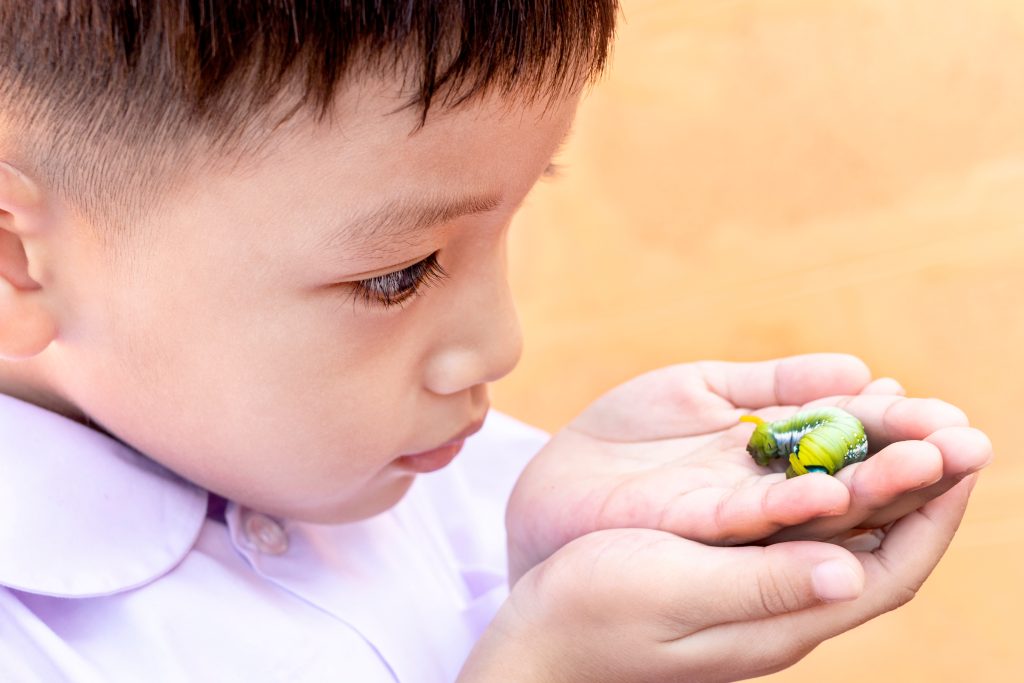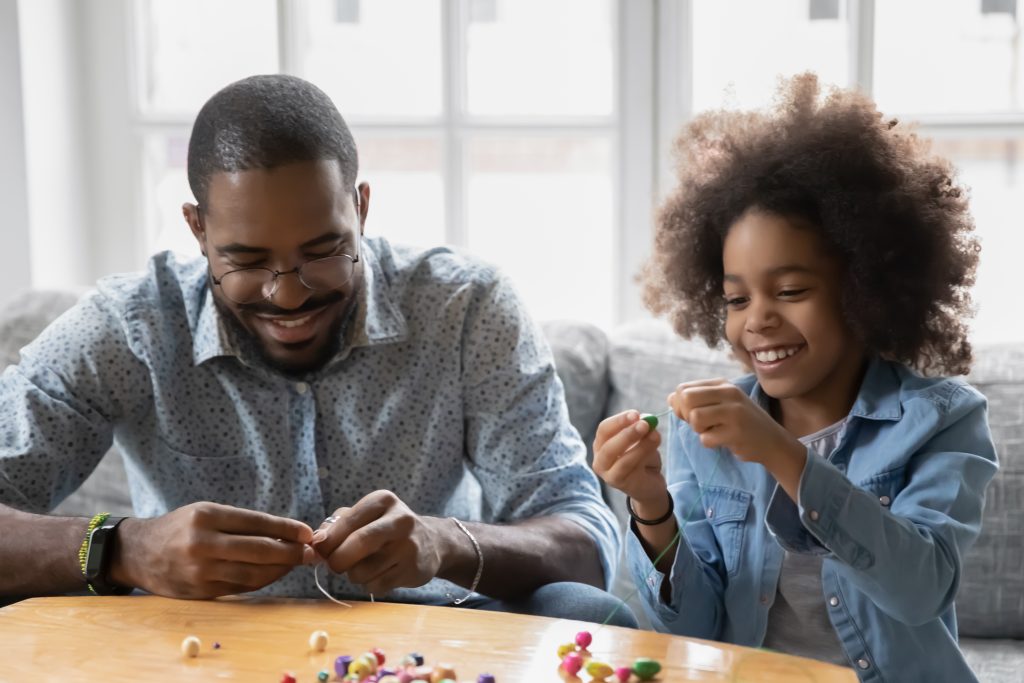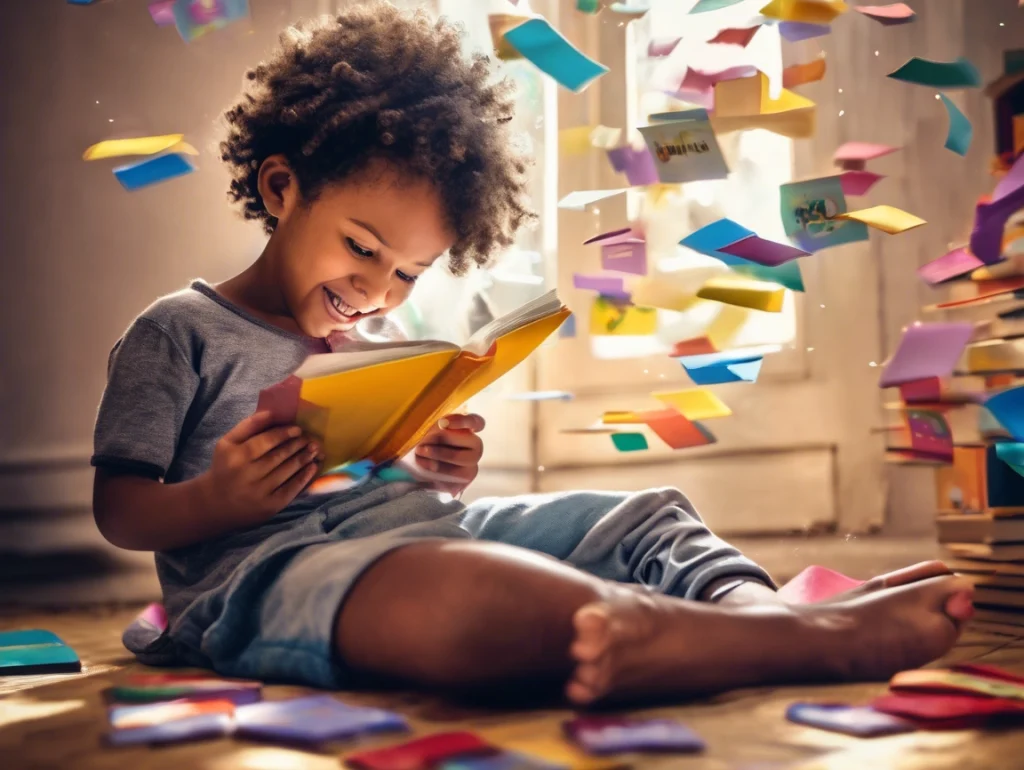
From joy to frustration, curiosity to sadness, children feel a wide range of emotions—sometimes all in the same afternoon! But while emotions are natural and important, knowing how to identify them and what to do with them doesn’t come automatically. That’s where emotional awareness and regulation come in.
At Craft Play Print, we believe that play and creativity are powerful tools for helping children learn about themselves and their feelings. In this post, we’ll explore what emotional awareness and regulation are, why they matter, and how crafts can support children in developing these essential life skills.
Emotional awareness is the ability to recognize, name, and understand your own emotions and the emotions of others.
For young children, this starts with simple statements like:
When children learn to name their feelings, they can begin to manage them in healthy ways.
Children who can recognize and talk about emotions are more likely to navigate challenges with confidence and compassion.
Emotional regulation is the ability to manage your feelings in a healthy way. It’s not about stopping emotions (which is impossible), but about understanding them and making choices about how to respond.
For children, this might look like:
Like any skill, emotional regulation takes time, practice, and support.
The good news? Kids learn best through play—and crafts are one of the most powerful, hands-on ways to explore emotions.
Art gives kids a way to express feelings they can’t yet explain. A child might paint an angry storm, draw a joyful rainbow, or shape a sad face out of clay—without needing the “right” words.
The rhythm of crafting—cutting, gluing, coloring—naturally calms the nervous system. It gives kids a break from overstimulation and helps them reconnect with themselves.
When kids talk about what they’ve made (“This is me when I was mad”), they start to make connections between their inner world and outer expression.
Crafts aren’t always easy! Mistakes, broken pieces, or plans that don’t work teach children to pause, breathe, and try again—key steps in emotional regulation.
Here are a few easy, engaging activities you can do at home or in the classroom to support emotional awareness and regulation:
Crafts are most powerful when paired with intentional conversation and emotional coaching. As a parent, teacher, or caregiver, you don’t have to have all the answers. What matters is showing up with curiosity, patience, and empathy.
Here are a few simple ways to help:
By modeling emotional awareness and offering tools, you show children that feelings are not problems—they’re part of being human.
Emotional awareness and regulation are lifelong skills—but they start in early childhood. Every glitter-covered paper heart, every frowny-face drawing, every glitter jar or story puppet is a small but powerful step toward emotional confidence.
At Craft Play Print, we’re passionate about offering tools that support not just creative play—but emotional growth. Because when kids feel safe, seen, and supported, they don’t just make art—they thrive.


